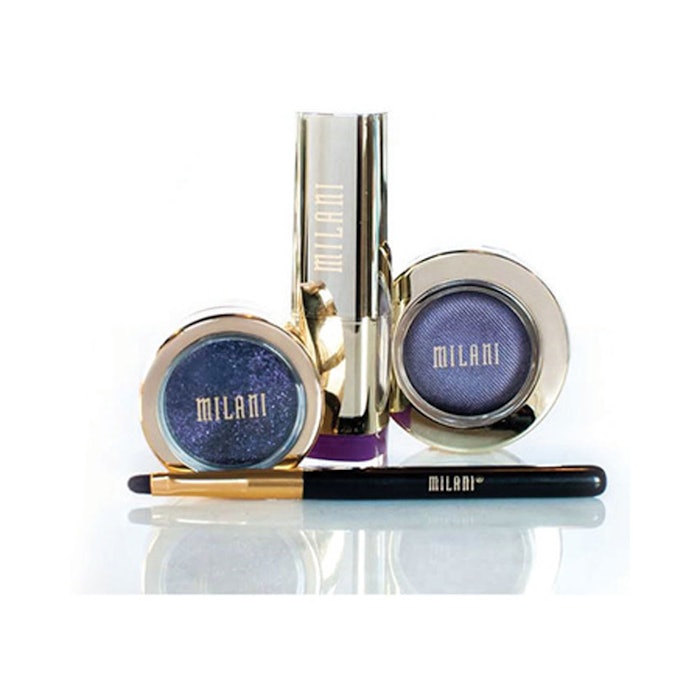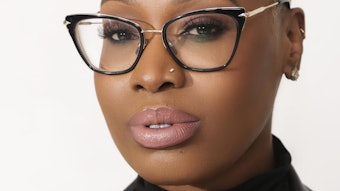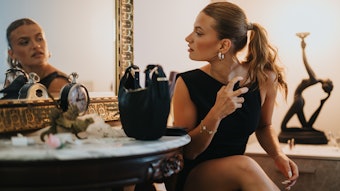
It’s been a rough couple of years for consumer packaged goods (CPG), with most categories across retail sectors running flat. From fashion to foods, the order of the day in most of these sectors has been “retail populism”: consumers responding coolly to new niche and upscale promotions in order to seek greater value in mass market offerings. But there’s one undeniable exception to this wisdom: color cosmetics.
In fact, the cosmetics industry has several unique trends contributing to its success. The latest market research shows a sharp rise in millennial and Hispanic buyers, an explosion of purchasing related to social media engagement and a strong core of consumers who view cosmetics as their main “indulgence” purchase.*
The cosmetics market, in short, is enjoying favorable trends that other retail sectors have long chased with less success. If you want to lock in gains in this uncertain economic atmosphere, you should pay attention to these trends.
The Rise of Millennial and Hispanic Buyers
For any marketer who wants to get into the minds of millennials, the best place to be is beauty. This is truly a bellwether industry. Plenty of retailers have lost sleep—and revenue—chasing 18- to 34-year-old buyers and the U.S.’s growing Hispanic market.
Only in cosmetics have those efforts paid off, with heavy buyers skewing significantly younger than in other CPG sectors. They’re continuing to drive growth at standalone stores like Sephora and in specialty brands like Milani. And they’re transforming the industry.
There is a rapid rise in awareness among consumers of niche brands, particularly mass market lines like elf, Nyx or Milani, which are appealing to younger, more diverse consumers. These niche brands also have a lot more space for growth—their name recognition is half to two-thirds that of most legacy brands. But their impact on revenues is considerable.
Millennials’ and Hispanics’ product preferences also show up where cosmetics purchases are happening. Specialty channels like these account for nearly half of transactions and just over 50% of retail dollars spent on beauty products.
What Works and What Doesn’t in Retail
Sephora and Ulta, clearly, appeal to younger buyers, but Walmart, too, is showing real growth, largely on the strength of its brand assortment decisions, bringing many of those diversity focused niche brands to their massive consumer base.
Contrast those fortunes with declines in cosmetics purchases at department stores like Macy’s and Nordstrom. These are companies dealing with macro issues, to be sure, but they’re not doing themselves any favors with their approach to this high-volume beauty sector—one that remains focused on an older, less diverse consumer base.
Social Engagement Matters
One key reason for cosmetics’ outlier success among millennials is that online and social media sharing really matters in this sector. Almost half of heavy cosmetics buyers say they consulted online reviews to help make their purchasing decisions; strong, rising pluralities cited online product demonstrations or new techniques learned from social media as purchase factors.
Online reviews rank second to friends and family among younger buyers’ preferred sources of inspiration. For Sephora shoppers, YouTube is a close third.
YouTube saw 1.8 million beauty videos posted, accounting for 45 billion views. Those are Beieber-esque numbers...by user-generated videos.
Last year alone, YouTube saw 1.8 million beauty videos posted, accounting for 45 billion views. Those are Bieber-esque numbers—and they’re driven not by big brand campaigns and productions, but by user-generated videos.
It’s difficult to understate the impact of this visual medium and its basic building unit, the how-to makeup tutorial performed by the girl next door. This kind of shareable content not only creates its own viral superstars, but spreads a fresh message of self-empowerment: Anybody can steal this look in a few simple, dramatic steps.
Heavy purchasers of beauty products also report a high reliance on social media—its importance jumping five points in each of the past two years; interest in YouTube shot up 25% last year, and Facebook grew by nearly 50%. Instagram and Snapchat are making significant gains, too.
Know Your Social Channels
It’s easy to lump all these disparate online platforms together as “social,” but marketers need to understand their differences and keep a strong focus on where their consumer is: different niches will see different kinds of engagement and success on different platforms. Facebook, by virtue of its ubiquity and video integration, drives meaningful sales. Instagram drives significant engagement, but isn’t generating big sales numbers … yet.**
Younger buyers are likelier to be "beauty enthusiasts." They want to know about the latest trends, which they can see online long before store displays may be updated.
Don’t forget about blogs and review sites—both play growing roles in buyers’ decisions in far-reaching ways as discussed below. The only social media loser among beauty purchasers is Twitter, which saw a decline in interest in 2016. Known for political pith, it’s the least visual of these media platforms.
A Shift Toward Indulgence
Despite prevailing consumer uncertainty in the economy, heavy buyers seem to be shifting where they make their indulging and luxury purchases—from fashion and apparel to cosmetics. One third of cosmetics purchasers say they regularly indulge on expensive makeup.
Why? One factor is increased product choice and availability. The average number of beauty product types consumers buy is growing significantly in recent surveys.*** Higher-income buyers continue to drive interest in niche offerings, while lower-income buyers are trying new brands and influenced by brand-specific assortment decisions by big retailers like Walmart. In short, women have more opportunities to “trade up” to new brands or offerings.
Independent Shoppers
Add to that the explosion of online and social, and consumers can buy pricey offerings with new confidence—and less outside help. As online research has grown among buyers, there’s been general decline in interest in beauty advisors at retail stores. While never terribly popular, their drop in appeal since 2014 has been profound, especially among younger buyers who engage directly with products on-shelf.
Beauty Enthusiasm
And that’s the key: Younger buyers are likelier to be “beauty enthusiasts.” They want to know about the latest trends, which they can see online long before store displays may be updated.
The process of learning about beauty and actively seeking product information is a pleasurable one for the majority of enthusiasts. Most say they spend as much as they feel they can afford to on makeup—a remarkable statement about any product category or brand.
Be Ready for Emerging Shifts
Add it all up, and color cosmetics are currently in a unique position: They’re capturing coveted and growing demographics, benefiting hugely from e-technologies and increasing their cache as a permissible indulgence-buy among women. Legacy brands such as L’Oréal and Revlon are doing fine, and newer niche lines are finding plenty of market share available to them.
But even though the industry is on solid ground, there’s plenty of movement below the surface. Department stores and pharmacies are at a crossroads and have to decide if they will retool their cosmetics departments to slow the bleeding.
The upsides of social and online are considerable, but much of it is beyond marketers’ reach, where reviewers and testers value independence and authenticity over paid campaigning. And luxury attitudes can sour fast in an uncertain economy. Industry leaders are ideally placed to ride the trend—but must watch out for quick changes.
____________________________________
Kurt Jetta, Ph.D. is the CEO, founder and lead product developer for TABS Analytics, which he started in 1998. He is a member of the board of directors and chairman of the audit committee for JM Global Holdings (NASDAQ: WYIGU), a publicly held company with the objective of acquiring and growing consumer brands. He is also the director of the Research Unit of the Economics of Consumer Marketing, which is a part of the Center for International Policy at Fordham University.
Footnote:
*www.tabsanalytics.com/beauty-webinar-recording
**Editor’s note: While Snapchat and Instagram are millennial-centric social media platforms, YouTube maintains a strong position among influencers due to its ad revenue-sharing model.
***www.tabsanalytics.com/beauty-webinar-recording











